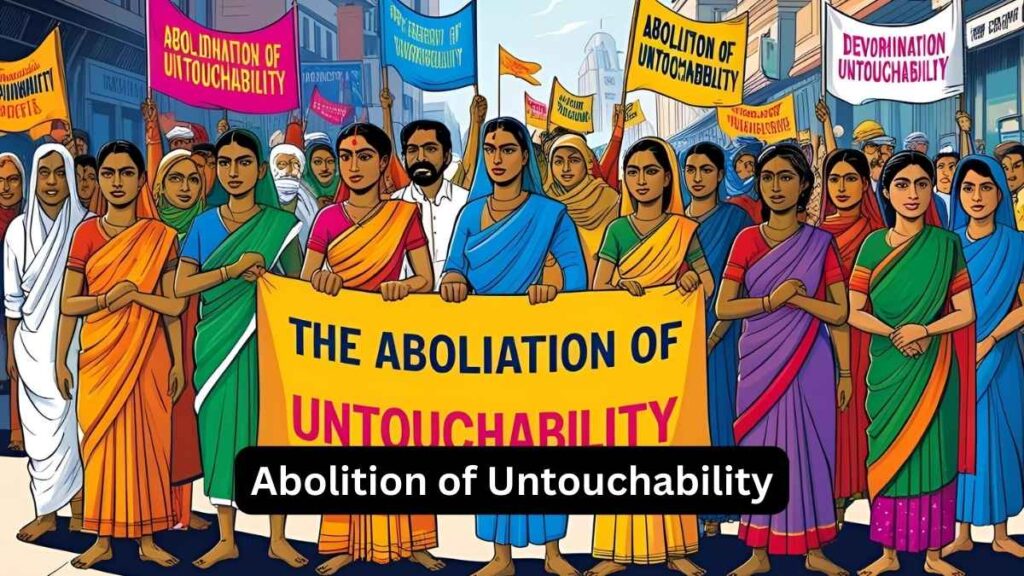The Three R Framework for Care Work: A Path to Gender Equity in India
Introduction
The 2025 Union Budget of India marks a significant step towards gender-responsive governance, with increased allocations to the Gender Budget signalling a commitment to addressing gender disparities. This financial dedication, while commendable, overlooks a critical aspect of gender inequality: the invisible burden of unpaid care work. In India, women shoulder a disproportionate share of this responsibility, leading to a cascade of negative consequences including economic exclusion, time poverty, and limited opportunities for personal and professional growth. The budget’s oversight of this fundamental issue underscores a broader societal failure to recognize and value the essential role of care work in sustaining families, communities, and the economy at large. To truly advance gender equity, India must move beyond mere financial allocations and embrace a comprehensive approach that recognizes, reduces, and redistributes unpaid care work across all sectors of society. This essay argues that implementing the Three R Framework—Recognise, Reduce, and Redistribute—is crucial for India to address the undervaluation of care work, invest in necessary infrastructure, and ensure a fair distribution of caregiving responsibilities among households, the state, and the private sector, ultimately paving the way for genuine gender equality.
The Gender Budget and Its Limitations
The Gender Budget (GB) is a financial tool used to allocate resources to initiatives that promote gender equality. The 2025 Union Budget allocated ₹4.49 lakh crore to the Gender Budget, marking a 37.3% increase from the previous fiscal year. At first glance, this increase seems like a major step forward in supporting women’s economic and social development. However, upon closer examination, it is clear that much of this increase comes from schemes like the PM Garib Kalyan Anna Yojana (PMGKAY), which provides free food grains to millions of people. While this scheme does benefit women by reducing food insecurity in households, it does not address the core issue of unpaid care work.
Care work refers to a broad range of activities, including childcare, eldercare, cooking, cleaning, and other domestic responsibilities. In India, as in many other countries, these tasks fall mainly on women, leaving them with little time to engage in education, employment, or leisure activities. Indian women spend 40% more time on unpaid care work than their counterparts in South Africa and China. The absence of investments in care infrastructure—such as childcare centres, eldercare services, and support systems for working women—limits their ability to take up paid jobs. Unless care work is seen as a shared responsibility between men, the government, and private employers, women will continue to face economic disadvantages.
The Burden of Unpaid Care Work in India
The burden of unpaid care work in India is extremely unequal. Women spend an average of 5.5 hours per day on unpaid care tasks, whereas men contribute less than an hour. This creates time poverty, meaning that women have less time for work, education, and leisure. The effects of this burden are far-reaching:
- Low Workforce Participation: Only 22% of Indian women are in the labour force, compared to 61% in China. The main reason for this low participation is care responsibilities.
- Economic Consequences: The International Labour Organization (ILO) estimates that if women’s workforce participation equalled men’s, India’s GDP could grow by 27%.
- Health and Well-being: The physical and emotional strain of unpaid care work leads to stress, exhaustion, and long-term health problems.
- Reinforcement of Gender Norms: Care work is often viewed as a “natural” duty of women, which further strengthens gender stereotypes.
The lack of investment in care infrastructure means that even when the government introduces welfare schemes and financial programmes, many women cannot access them due to their care responsibilities. For example, skill development programmes exist, but women struggle to attend them as they have no one to take care of their children or elderly family members.
The Three R Framework: A Feminist Approach to Care Work
To address these issues, feminist economists propose the Three R Framework, which includes three important steps:
- Recognise: Valuing Unpaid Care Work
The first step towards achieving gender equality is recognising that care work is real work and contributes to the economy. This can be done through:
- Time Use Surveys (TUS): The 2019 Time Use Survey showed that women spend an average of seven hours per day on unpaid work. Conducting such surveys regularly would help policymakers measure and reduce the care burden.
- Including Care Work in GDP Estimates: The ILO estimates that if unpaid care work were monetised, it would contribute nearly 20% of India’s GDP. Recognising its economic value can lead to policies that better support women.
- Public Awareness Campaigns: Media campaigns and education programmes can challenge traditional gender norms and help society understand that care work should not fall entirely on women.
- Reduce: Investing in Care Infrastructure
Reducing the care burden on women requires investments in public services and policies. The government must:
- Allocate 2% of GDP to Care Infrastructure: Countries like Sweden and France spend around 2% of their GDP on childcare and eldercare services, which has significantly increased women’s workforce participation.
- Expand Childcare Services: The National Creche Scheme currently covers only 1% of Indian children. Expanding this programme could allow more mothers to enter the workforce.
- Strengthen Eldercare Facilities: With India’s ageing population growing, public eldercare services are needed to relieve women from full-time caregiving duties.
- Improve Parental Leave Policies: India provides 26 weeks of paid maternity leave but does not offer equal paternity leave. Extending paid paternity leave would encourage fathers to take on caregiving roles.
- Redistribute: Sharing Care Responsibilities
Care work must be shared between households, the state, and the private sector to ensure gender equality. Some strategies include:
- Encouraging Shared Household Responsibilities: Men must take on more domestic duties so that care work is not only a woman’s responsibility.
- Introducing Paid Paternity Leave: Giving men the option to take time off for childcare can help break gender stereotypes.
- Private Sector Involvement: Workplaces should introduce flexible work arrangements, on-site childcare, and caregiver allowances.
- Community-Based Support Systems: Governments should support local childcare centres and eldercare networks to help women balance their work and family responsibilities.
Economic Benefits of Investing in Care Work
Investing in care work is not just about gender justice—it is also good for the economy. According to the ILO, every ₹1 invested in care generates ₹3 in economic activity. Countries that have prioritised care policies have reaped economic benefits:
- Sweden’s universal childcare system has led to one of the highest female employment rates (78%).
- Japan’s Long-Term Care Insurance system has socialised the costs of eldercare, reducing the burden on families.
- If India follows similar strategies, it can increase women’s workforce participation, boost GDP, and create a more inclusive economy.
Conclusion
The 2025 Gender Budget represents a step forward in gender-responsive governance, but it fails to address one of the most critical barriers to women’s economic participation: unpaid care work. Without investments in childcare, eldercare, and workplace support systems, women will continue to experience economic and social disadvantages.
Adopting the Three R Framework—Recognise, Reduce, Redistribute—is essential for creating a fairer and more equal society. By:
- Recognising care work as an economic activity,
- Reducing the burden through better public services, and
- Redistributing responsibilities between men, the state, and private employers,
India can build a future where women’s contributions are truly valued and supported.


